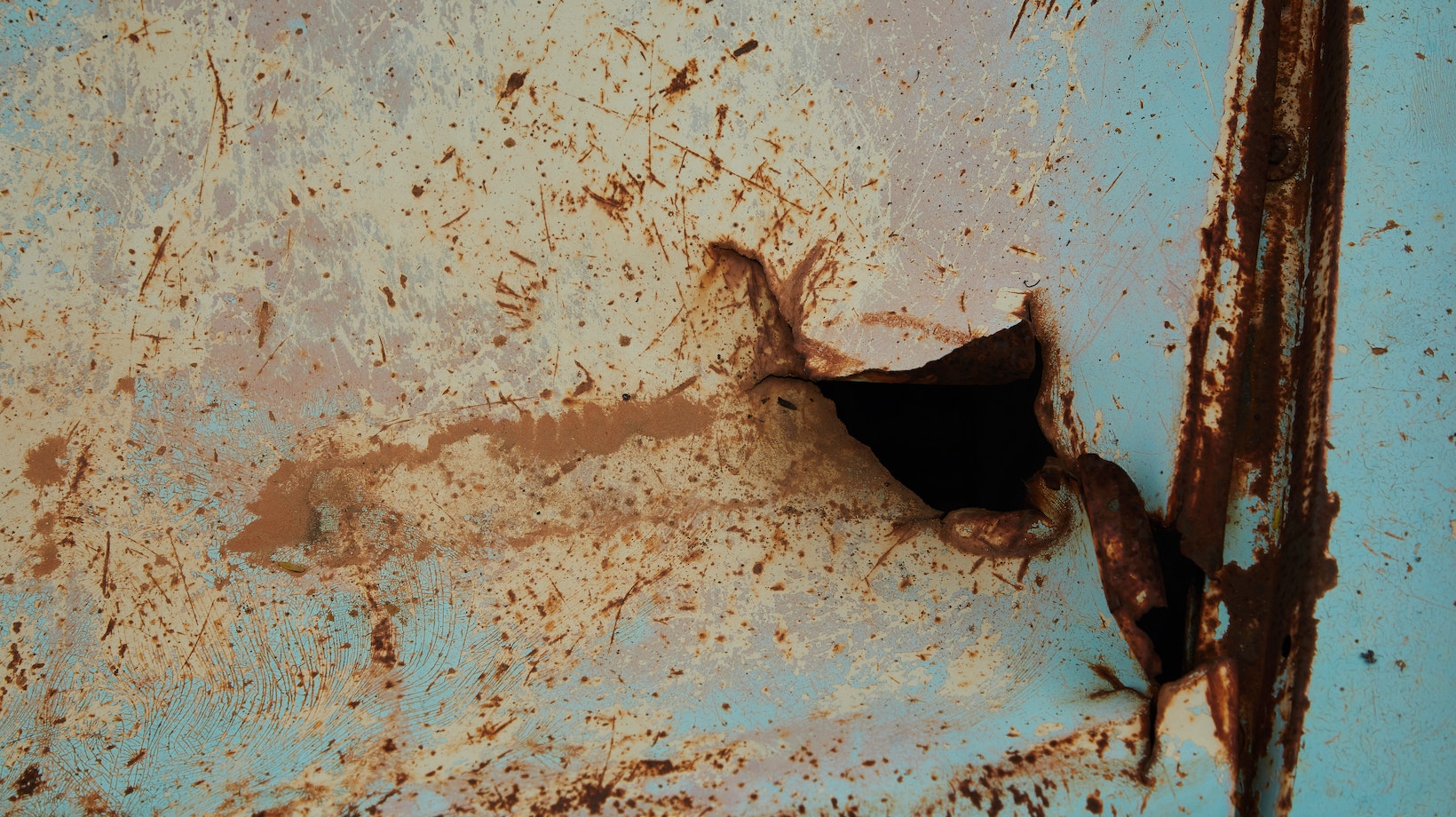Sun Damage Car Paint Repair
Dealing with sun damage on your car’s paint can be frustrating and unsightly. Over time, the harsh rays of the sun can cause fading, peeling, and discoloration to your vehicle’s exterior. However, there are effective ways to repair sun damage and restore your car’s paint to its former glory.
One option for repairing sun-damaged car paint is through professional detailing services. Skilled technicians can assess the extent of the damage and use specialized techniques and products to restore the color and shine of your vehicle. From buffing out minor scratches to applying protective coatings, these professionals have the expertise to rejuvenate your car’s appearance.
Another solution is DIY restoration. With a variety of products available in the market, you can tackle sun damage yourself if it is not too severe. This may involve using compounds or polishes designed specifically for removing oxidation or restoring faded paint. It’s important to carefully follow instructions and take necessary precautions when attempting this method.
Preventing Sun Damage To Your Car’s Paint
- Shade: Look for shaded areas such as parking under trees, buildings, or covered parking structures. These spots provide natural protection from direct sunlight and can significantly reduce the risk of sun damage.
- Avoid Excessive Heat: Try to avoid parking in areas that tend to get excessively hot, like asphalt lots or open spaces without any shade. High temperatures can accelerate paint fading and deterioration.
- Garage Parking: If possible, park your car inside a garage or carport when it’s not in use. This provides optimal protection from both UV rays and extreme heat, helping preserve your car’s paint for longer.

Utilizing Car Covers
Using a car cover is another effective way to shield your vehicle from harmful UV rays and prevent sun damage. Consider these tips:
- Choose a Quality Cover: Invest in a high-quality car cover specifically designed to protect against UV radiation. Look for covers made with materials like polyester or polypropylene that offer excellent resistance against sunlight.
- Proper Fit: Ensure that the cover fits snugly over your vehicle, with no loose areas that could allow sunlight to penetrate through.
- Regular Cleaning: Clean the cover regularly as dirt and debris can accumulate on its surface over time, potentially scratching your car’s paint when you put it on or take it off.
Applying Paint Protection Film
- Professional Installation: It’s recommended to have PPF applied by experienced professionals who can ensure proper placement and alignment. DIY installations may result in air bubbles or uneven coverage, diminishing its effectiveness.
- Full Coverage: Opt for full-vehicle PPF installation to maximize protection. This includes applying the film to vulnerable areas such as the front bumper, hood, fenders, side mirrors, and door edges.
- Regular Maintenance: Although PPF provides excellent protection against sun damage, it still requires regular cleaning and maintenance to prolong its lifespan. Follow the manufacturer’s guidelines on how to care for the film.
By following these preventive measures – choosing the right parking spot, utilizing car covers, and considering paint protection film – you can significantly reduce the risk of sun damage to your car’s paintwork. Remember that prevention is key when it comes to maintaining a vibrant and lustrous exterior for your vehicle.
Maintaining And Protecting Repaired Car Paint
- Regular Washing: Keeping your car clean is crucial for preserving the longevity of the repaired paintwork. Wash your vehicle regularly using a pH-balanced car shampoo and a soft sponge or microfiber cloth. Avoid abrasive scrubbing or using harsh chemicals that could damage the paint.
- Waxing: Applying a layer of wax after washing can provide an extra level of protection for your car’s paint. Choose a high-quality automotive wax and follow the manufacturer’s instructions for application. This will help create a barrier against harmful UV rays and other environmental contaminants.
- Park in Shade: Parking your vehicle in shaded areas whenever possible can significantly reduce sun exposure and minimize potential damage to the repaired paintwork. If shade isn’t available, consider using a car cover or sunshade to shield your vehicle from direct sunlight.
- Ceramic Coating: Consider applying a ceramic coating to further enhance the protection of your repaired car paint. Ceramic coatings offer long-lasting durability, resistance against UV rays, dirt, and chemical contaminants, as well as providing an added glossy finish.
- Avoid Harsh Conditions: Try to avoid exposing your vehicle to extreme weather conditions such as prolonged exposure to intense sunlight, heavy rainstorms, or hailstorms that could potentially harm the repaired paintwork.
By following these maintenance practices, you’ll be able to extend the life of your repaired car paint and keep it looking its best for years to come.
Remember, prevention is key when it comes to protecting your investment from future sun damage. Regular upkeep will not only preserve the appearance but also contribute towards maintaining the value of your vehicle over time.







































